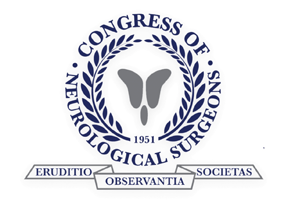According to the National Institute of Neurological Disorders & Stroke, a brain aneurysm is “a weak or thin spot on an artery in the brain that balloons or bulges out and fills with blood.” Let’s uncover the causes, symptoms, and risk factors of a brain aneurysm.
Brain Aneurysm Causes
Your brain has four major blood vessels that join at the base of the brain. This base is referred to as the Circle of Willis. Over time, the place where the arteries meet the Circle may become weak. This weakness in the artery walls may cause a balloon-like bulge to extend from the artery.
Brain Aneurysm Symptoms
Unless your brain aneurysm is leaking or ruptured, it is rare that you will experience any symptoms. Many aneurysms are found incidentally during a routine examination.
If your brain aneurysm begins to leak, you will experience a sudden, severe headache. Don’t ignore this headache, as it could indicate the rupturing of the aneurysm within hours to several days. If the aneurysm ruptures, you may experience intense symptoms such as:
- Confusion
- Eyelids unable to stay open
- Falling in and out of consciousness
- Light Sensitivity
- Nausea
- Rigid neck
- Seizure
- Severe headache
- Vision problems
- Vomiting
Brain Aneurysm Risk Factors
As you age, you are more susceptible to a brain aneurysm. While this is out of your control, other risk factors are in your control! By maintaining healthy lifestyle habits, you can decrease your chance of suffering a brain aneurysm. Do your best to avoid:
- Drinking an excess amount of alcohol
- Having high blood pressure
- Smoking tobacco products
- Using drugs
Seek Treatment if Symptoms Arise
If a brain aneurysm is found, there are certain treatment options available such as clipping or coiling the vessel to prevent it from rupturing. Don’t delay pursuing treatment, as this can potentially save your life.






